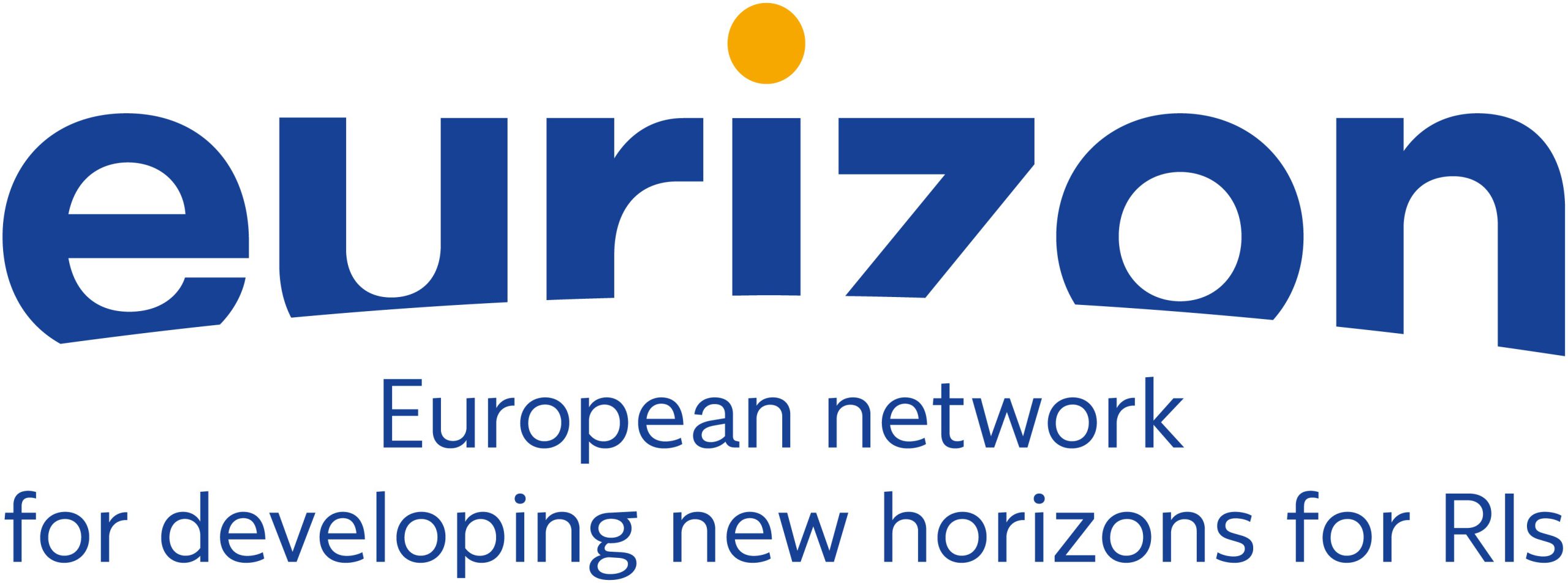Computational Intelligence in Predictive Modelling of Mechanical Responses of Human Blood Vessels Affected by Atherosclerotic Plaque
Computational Intelligence in Predictive Modelling of Mechanical Responses of Human Blood Vessels Affected by Atherosclerotic Plaque
CiPM-V

Project Description
The scope of the project is to develop and use computational intelligence methods for the prediction of mechanical responses to the pulsation in human blood vessels with an atherosclerotic plaque that could grow in a stochastic statement.
The project is planned to be organized into 4 work packages (WP):
- WP1. Development of a symbolic regression method for the identification of the mathematical model of the complex bio-material visco-elastic behavior based on the experimental data processing (based on data from literature)
- WP2. Development of a parametric computational model (based on FEM) for human blood vessels with an atherosclerotic plaque that allows making a statistical analysis of the possible mechanical response of vessels under different blood pressure pulsations depending on the patient’s medical conditions
- WP3. Development of ML-based model (Gauss stochastic regression approach, active learning Krigging) for the prognosis of the stochastic growth of the atherosclerotic plaque
- WP4. Prognosis of the statistical estimation for the mechanical responses of the human blood vessels that have some aged degradation and atherosclerotic affection that could be used for medical purposes
Results and results dissemination
Presentation materials:
- 2024 IEEE 5th KhPI Week on Advanced Technology. Topic: “Symbolic Regression-Based Models for Hyperelastic Material”. Learn more…
- “ICTM-2024: Integrated Computer Technologies in Mechanical Engineering” – Synergetic Engineering. Topic: Analysis of optical coherence tomography images of human arteriosclerotic vessels using computer vision and deep learning algorithms. Learn more…
- Fomenko, N.O., Larin, O.O. Investigating the Impact of Atherosclerotic Plaque Size on Human Arterial Wall Stress-Strain Hysteresis Loop and Deformed State Pattern. Strength Mater 56, 999–1009 (2024). https://doi.org/10.1007/s11223-024-00718-5
Reports:

This project has received funding through the EURIZON project,
which is funded by the European Union under grant agreement No.871072.





